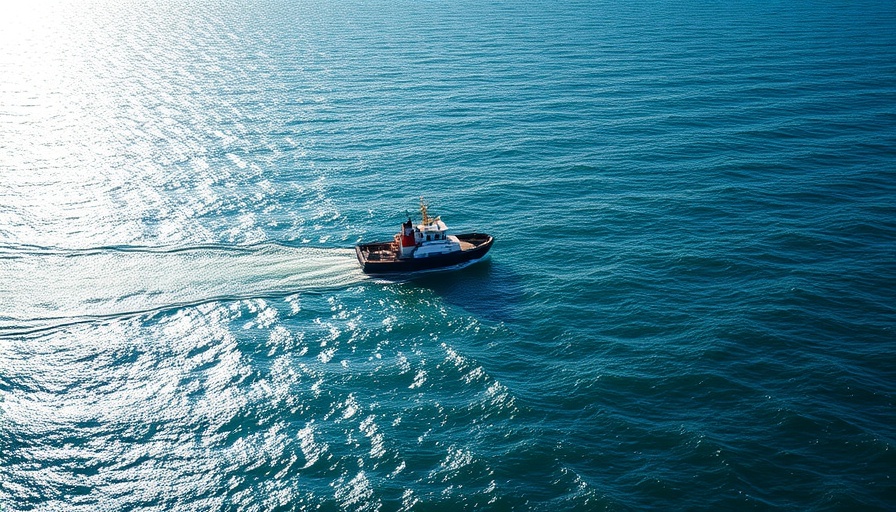
A New Era for Ocean Protection: The High Seas Treaty
After two decades of intense negotiations, the UN adopted the High Seas Treaty in March 2023, a landmark agreement poised to revolutionize marine biodiversity conservation beyond national jurisdiction. Applauded globally, this treaty aims to safeguard two-thirds of the world’s oceans, yet it faces the challenge of ratification—requiring 60 nations to formally agree for the treaty to come into force.
Understanding the High Seas
The high seas, often perceived as lawless waters, encompass vast regions of the ocean that lie beyond national jurisdiction. Although covered by various international agreements, significant portions remain unprotected against threats such as climate change and industrial fishing. With the high seas home to diverse marine life—from luminous jellyfish to majestic blue whales—the need for comprehensive protection is critical. "The high seas play a crucial role in the climate system, absorbing carbon dioxide and sustaining marine biodiversity," notes Rashid Sumaila, an ocean economist from the University of British Columbia.
Why the High Seas Treaty Matters
The High Seas Treaty introduces a structured and coordinated approach to ocean governance, addressing gaps left by the longstanding UN Convention on the Law of the Sea (UNCLOS). According to Robert Blasiak from the Stockholm Resilience Center, the treaty is pivotal in establishing protected areas and sharing benefits derived from marine biodiversity. Without definitive regulations in place, these resources remain vulnerable.
The Path to Ratification and Implementation
As of now, 50 countries have ratified the agreement following momentum from the UN Ocean Conference in Nice. A target of 60 nations is anticipated imminently, unlocking the treaty's potential. Once ratified, the treaty will take effect 120 days later and convene its inaugural Conference of Parties (COP) meeting, shaping its operational framework.
Potential Challenges and Opportunities
The High Seas Treaty could face challenges during its implementation, including disagreements over governance and the equitable sharing of marine resources. However, these obstacles also present an opportunity for nations to collaborate on sustainable practices and ethical resource management. Simply put, this treaty signifies a global commitment to ethical consumerism and sustainable development, emphasizing the responsibility to protect our oceans for future generations.
The Role of Stakeholders in Sustainability
Stakeholders, including coastal communities, scientists, and businesses, must play a crucial role in realizing the treaty's goals. By adopting sustainable practices—ranging from responsible fishing to reducing plastic pollution—these groups can influence the health of marine ecosystems. Innovations in green technology and renewable energy can further aid in conserving marine biodiversity while supporting local economies. Moreover, embracing eco-friendly initiatives is essential for a sustainable future, as they contribute to reducing our collective carbon footprint and promoting biodiversity conservation.
Conclusion: A Collective Responsibility
The High Seas Treaty reflects a growing global awareness of our environmental responsibilities. As oceanic health deteriorates, the urgency for decisive action becomes even clearer. For eco-friendly readers, this treaty should inspire action—from supporting sustainable living initiatives to participating in community conservation projects. Every small effort counts, as we strive collectively toward a sustainable future for our oceans.
Join us in advocating for ocean health and be part of the sustainable future. Explore ways you can contribute to environmental conservation today!
 Add Row
Add Row  Add
Add 



Write A Comment